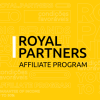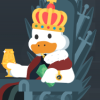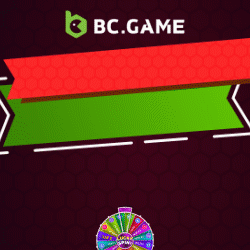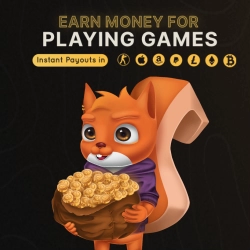M
Mar20
Guest
Object-oriented programming (OOP) is a programming paradigm based on the concept of "objects," which can contain data and code that manipulates that data. In OOP, a problem is modeled as a set of objects and the interactions between them, rather than as a set of functions and procedures.
Some key concepts in OOP include:
Some key concepts in OOP include:
- Encapsulation: Objects in OOP can hide their internal data and behavior from other objects, exposing only what is necessary through a well-defined interface. This helps to reduce the coupling between objects and makes the code more modular and maintainable.
- Inheritance: OOP allows classes to inherit properties and behavior from parent classes, allowing for a hierarchical structure and code reuse.
- Polymorphism: OOP allows objects of different classes to be treated as objects of a common class, allowing for greater flexibility in code design and enabling generic algorithms to work with objects of different types.
- Abstraction: OOP encourages the use of abstract classes and interfaces, which provide a way to specify a common interface for a set of related classes without specifying the implementation details.
























































